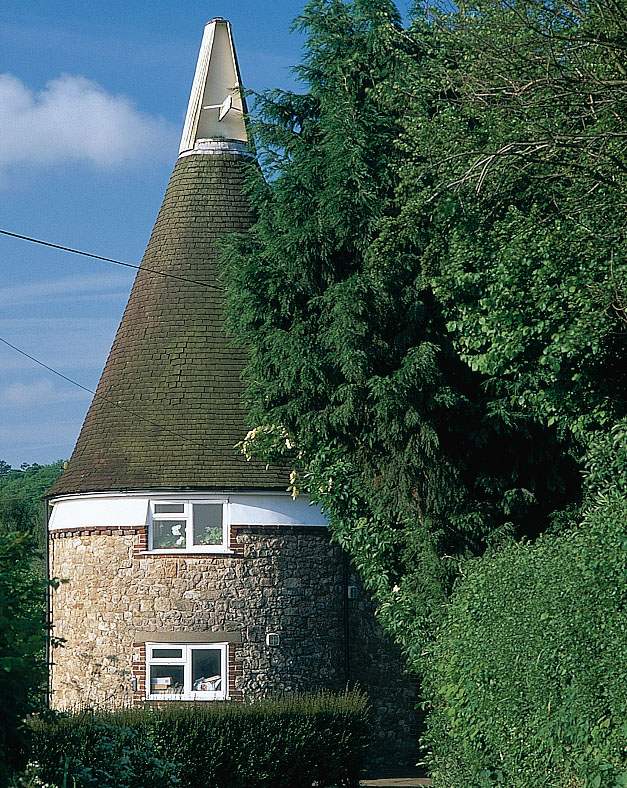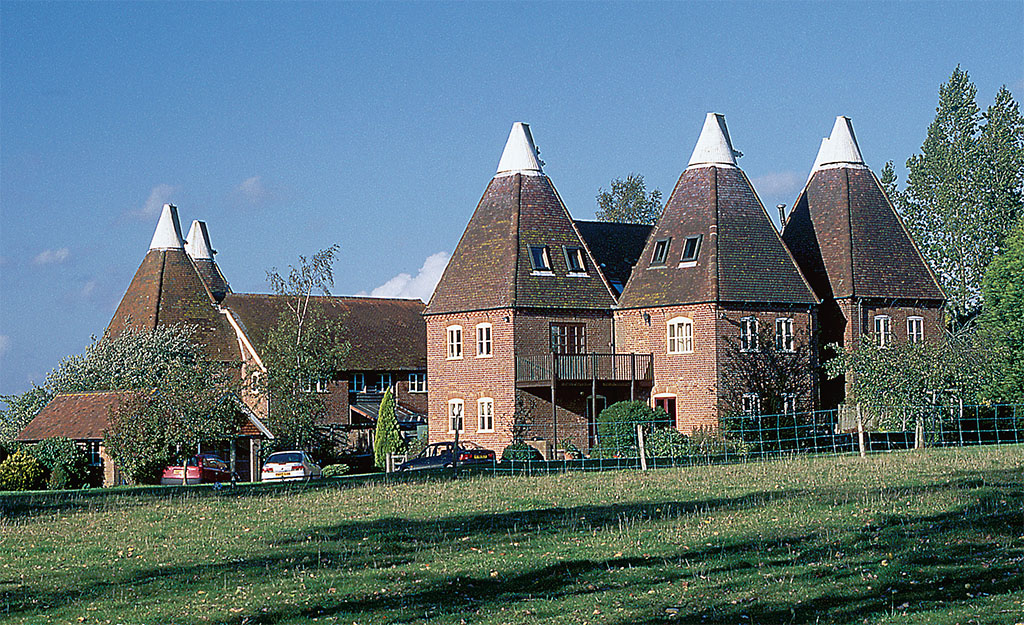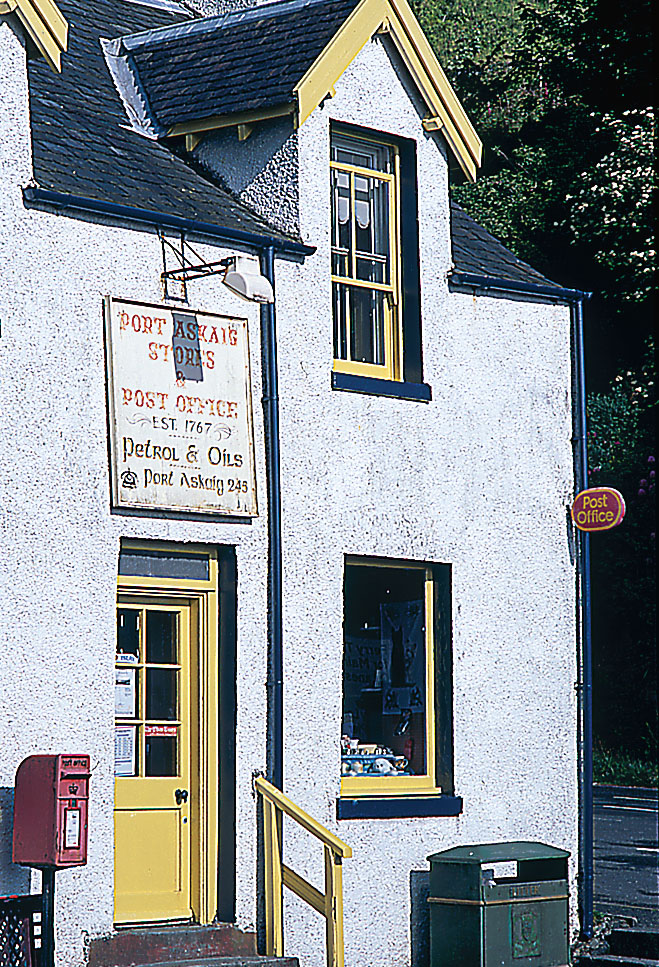
living the village life
[caption id="TheCountrysideTraveller_img1" align="aligncenter" width="627"]

[caption id="TheCountrysideTraveller_img2" align="aligncenter" width="1024"]

WELCOME TO THE COUNTRYSIDE Traveller! If you’re like me, you love the British countryside—for its incredible beauty and wide views, its deep history, its quaint villages and friendly pubs, and its occasional bout of eccentricity. If so, this column will help you get about the countryside, soaking up the ambience and indulging your taste for heritage and history.
And what better way to soak up ambience than to live in the middle of it, in a historic cottage, preferably thatched, at the centre of a village. Villages straight out of an Agatha Christie novel cover Great Britain by the thousands, and a good many of them have holiday cottages to let—what the British call self-catering.
Self-catering cottages are found in every region of the Great Britain and Ireland countryside, including those far off the tourist routes. While modern “bungalows” (any ordinary house built after 1930) are certainly available, historic properties are the norm rather than the exception. Most are owned by a villager and let through a national or international agency such as Euro Relais. Rental periods are traditionally for one week, Saturday to Saturday, although short stays of three to four days are now being offered by many properties.
This is a fun way to tour. Take the first cottage I ever rented—a cosy and comfortable thatched home, built in 1820, sitting on a quite lane. Other thatched cottages lined the lane, each with its little front garden alive with flowers. Across the lane, a footpath led past abandoned medieval farming terraces to climb the grassy downs where King Alfred defeated the Danish invaders. The village church hadn’t changed since the 13th century. The village’s tiny store/post office sold us all the groceries we needed, including fresh local meat and produce. And the warm and welcoming pub served good fresh food and cask ale.
Why self-cater? First of all, it’s a good way to control expenses. A historic cottage in an attractive village will cost you the same or less per night as a small room in a country inn. For that you get enough room to sleep four to six people, so you can bring all your kids or travel with friends. Plus, you get a full kitchen. That kitchen can be your biggest money saver, if you need to pinch pennies. Think what American meals out normally cost you; expect a comparable British meal to cost more. If you are travelling with kids, this is a great way to cut costs.
Self-catering is also wonderfully relaxing. You return after a day’s sightseeing to your own living room, your own home-cooked meals, your own bed. You move at your own pace—no tour leader pushing you towards a bus, no innkeeper declaring “Breakfast is served promptly at eight.” When you tire out, you spend a day lazing around the village, admiring the other cottages or the church’s 700-year-old carvings, poking along the local footpaths, having a pint in the pub. And when it’s raining (remember, this is Britain you are visiting), you can snuggle in the roominess and privacy of your own home.
Above all this, the countryside itself is the best reason to self-cater. The British countryside is simply glorious—all of it, everywhere. It’s an incredibly beautiful place, where fifty centuries of human occupation have formed a tight-grained and harmonious landscape. And you can get out into all of it, right across the fields and through the forests, on a dense network of public footpaths that radiate from every hamlet. A good map (the government’s Ordnance Survey prints them, and the local shops sell them) shows all the paths, and all the things that the paths lead to—prehistoric grave sites, Celtic hillforts, Roman roads, medieval churches, villages every mile or two, manor houses and gardens open to the public, old oak forests, wide hilltop views …
[caption id="TheCountrysideTraveller_img3" align="aligncenter" width="659"]

JIM HARGAN PHOTOGRAPHY
With so much to do in so small an area, distances shrink. You will be amazed at how many things you’ve seen, and how few miles you’ve clocked on your rental car’s odometer. Your cottage stay will reveal to you the depth and density of the British countryside, a facet seldom seen by those who sweep through on a grand tour.
HERE‘S HOW A LOW-STRESS COTTAGE adventure can work for you. Your Friday evening flight arrives on Saturday morning, so that you leave the airport in your rental car about nine-ish. Your check-in isn’t until 3 pm, so you have plenty of time to pull over and take a jet-lag-reducing nap. After that, drive to the village nearest your first cottage and have lunch in the pub. You are going to need a few groceries, so pick some up at the village post office shop. By now it’s time to find your landlady, pick up the keys, and have a chat. (Cottage landladies are nearly always chatty.) By 4 pm you are settled in. There is absolutely nothing you need to do for the next week except immerse yourself in the surrounding countryside. Come the following Saturday, you drive to the next cottage.
Here are a few pointers. You will want to find your cottages on the Internet. Euro Relais (eurorelais.com) has an easy-navigating web site, good selections (in a dozen European countries as well as the UK), and thorough information including photos; other booking agents are also available. If you decide to book directly from an owner, you can avoid high foreign currency transaction fees by sending the deposit as travellers checks issued in UK pounds sterling (or, for Ireland, Euros), available from the American Automobile Association (AAA) or any bank. Make sure that your landlord understands that you need bed linens and towels, as these are frequently not included.
Next time we’ll explore that most noble and historic of village institutions, the Public House. Know your pubs, and you’ll find yourself actually looking forward to English meals. That cottage kitchen of yours might get less use than you planned.





Comments